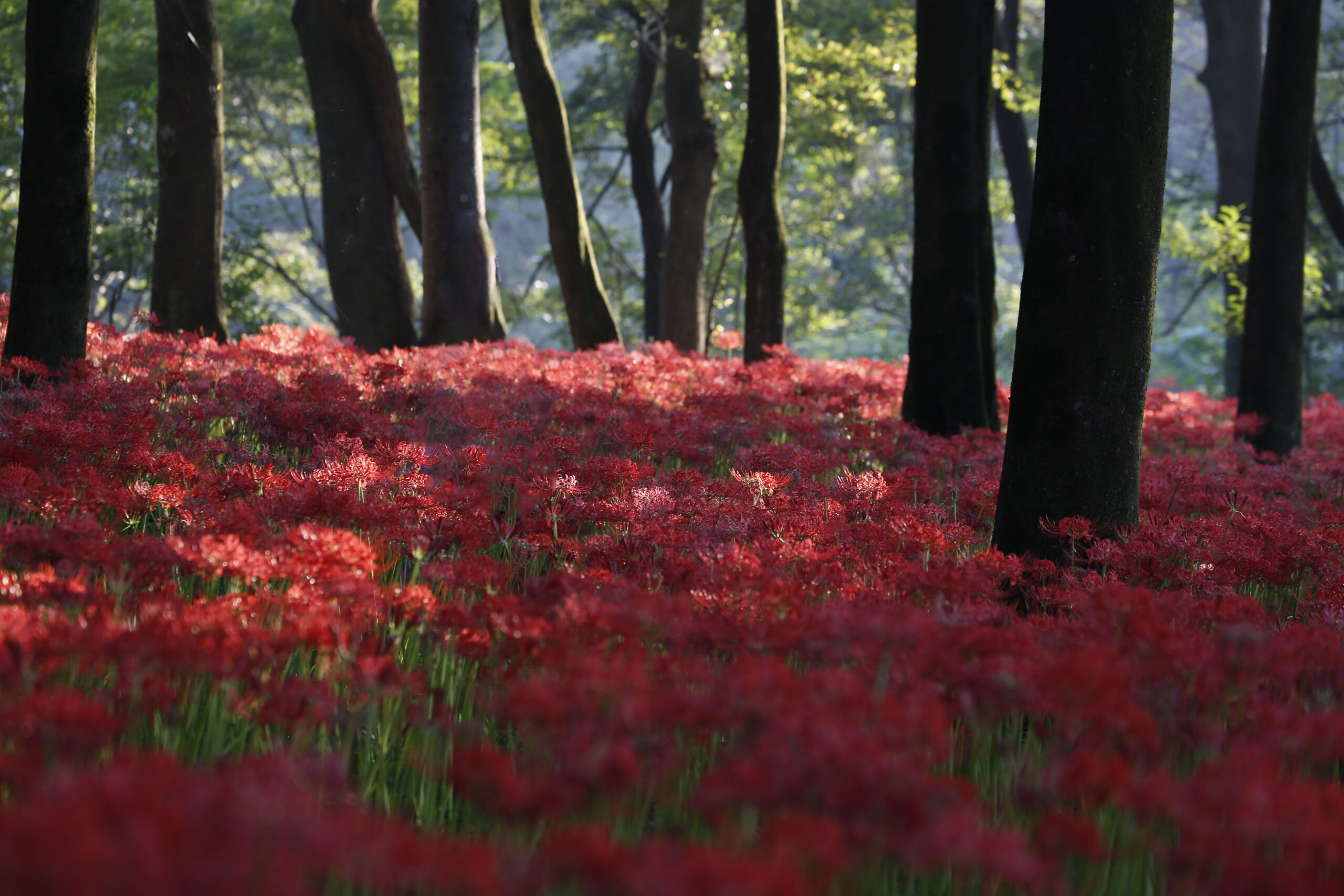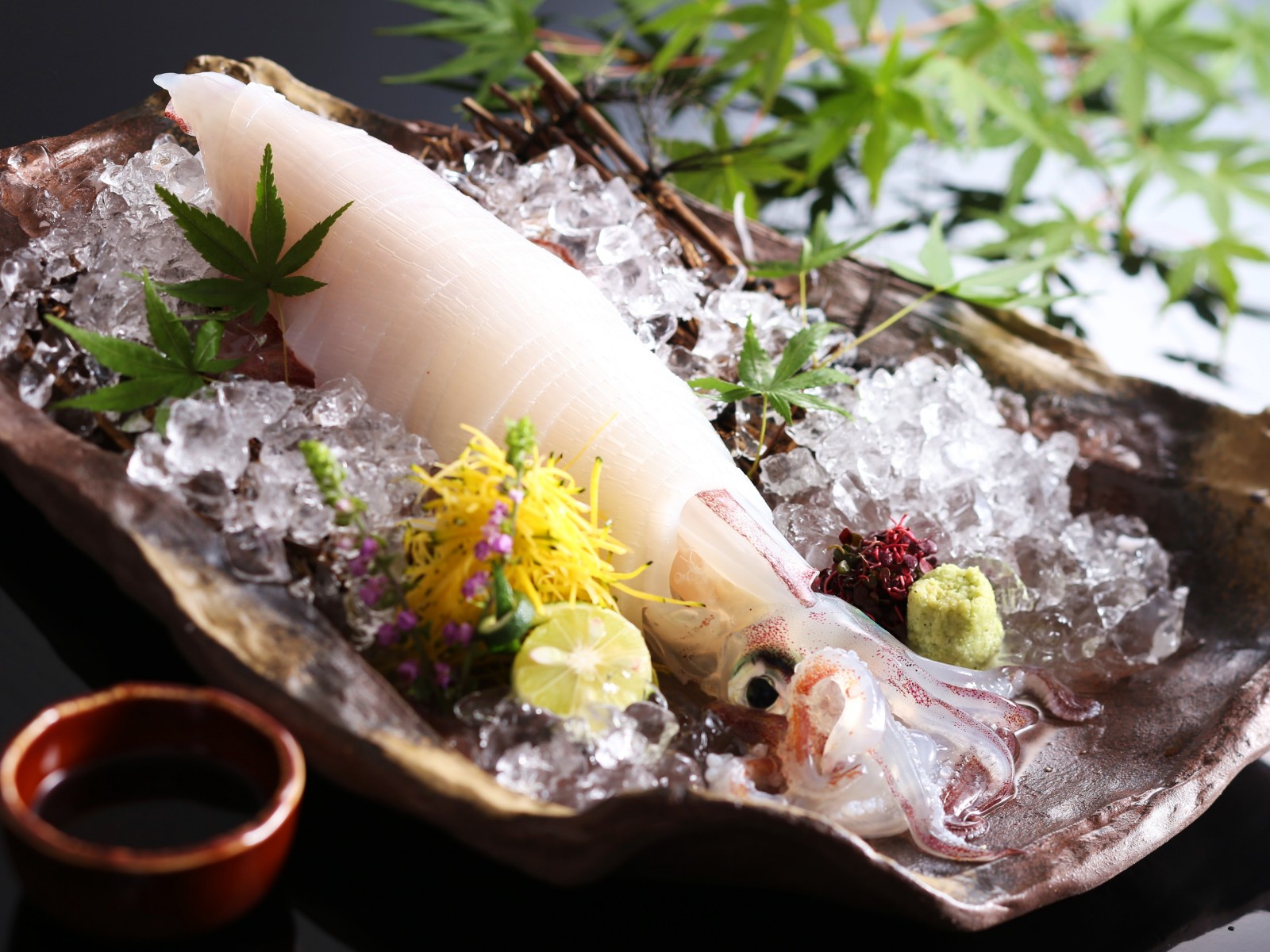In Japan, there is an old saying that “hot and cold last until the equinoctial equinox,” meaning that the heat of summer eases off by around the autumnal equinox (About September 20).
The higanbana, which blooms with bright red flowers on the equinoxes of September, is also known as manjushage. In Sanskrit, it means “flower blooming in the heavenly realm,” and is derived from a Buddhist scripture that says red flowers fall from the heavens as a sign of good fortune.
Although the hot season continued for a long time, we were able to see the flowers bloom again this year. Here is a report on “Kinchida Manjushage Park,” which is said to be the largest of its kind in Japan.
Five million trees grow in clusters on an area of approximately 22 hectares.

The land created by the meandering of the Koraigawa River is called “Kinchada (Kinchada)” because it looks like a kinchada when viewed from above.
Hiking trails have been established in the neighboring mountains, making the area a popular excursion and hiking spot for elementary school students.
The sight of manjushage flowers blooming on the flat land surrounded by a 500-meter-long river is breathtaking.
Gallery





Kinchida Manjushage Festival
The event is held in conjunction with the blooming of the manjushage. There will be environmentally friendly lighting, sales of Hidaka City specialties, and a resting area.
Also, during the event, a special Seibu Railway train runs from Hanno Station to Korai Station.
Outline of the 2023 Kinchida Manjushage Festival
| Date and Time: |
September 16 (Sat) – October 6 (Fri)
*The festival period has been extended due to the late blooming of manjushage. |
| Venue: |
Inside Kinchida Manjushage Park
125-2, Kora Hongo, Hidaka City, Saitama Prefecture |
>Kinchida Manjushage Festival special page



















































